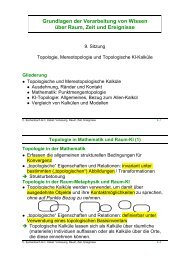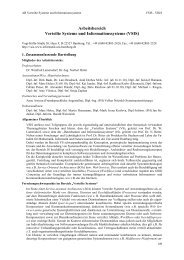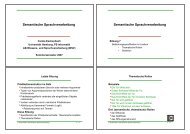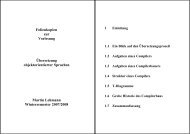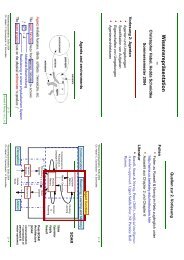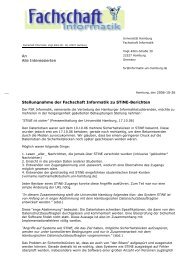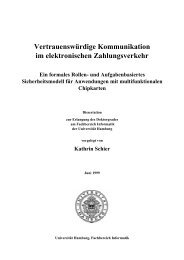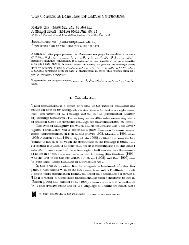Towards Computational Modelling of Neural Multimodal Integration ...
Towards Computational Modelling of Neural Multimodal Integration ...
Towards Computational Modelling of Neural Multimodal Integration ...
Create successful ePaper yourself
Turn your PDF publications into a flip-book with our unique Google optimized e-Paper software.
16 K. Ravulakollu et al.<br />
0.2<br />
Left Channel<br />
0<br />
-0.2<br />
0.122 0.123 0.124 0.125 0.126 0.127 0.128 0.129 0.13 0.131<br />
0.2<br />
Right Channel<br />
0<br />
-0.2<br />
0.122 0.123 0.124 0.125 0.126 0.127 0.128 0.129 0.13 0.131<br />
1<br />
Sound Source Localization<br />
0.5<br />
0<br />
-80 -60 -40 -20 0 20 40 60 80<br />
200<br />
150<br />
100<br />
50<br />
0<br />
0 50 100 150 200 250 300 350<br />
1<br />
Visual Source Localization<br />
0.5<br />
0<br />
-80 -60 -40 -20 0 20 40 60 80<br />
1<br />
Integrated Source Localization<br />
0.5<br />
0<br />
-80 -60 -40 -20 0 20 40 60 80<br />
Fig. 14. <strong>Multimodal</strong> input case with strong auditory stimulus. The integrated output is biased<br />
by the intensity <strong>of</strong> the stronger stimulus which in this case is auditory.<br />
It is not clear whether the superior colliculus will prioritize in every case, but in the<br />
case <strong>of</strong> multiple strong intensity stimuli the visual stimulus will have the higher priority<br />
while the strong auditory stimulus will have some influence on the multimodal<br />
integrated output.



